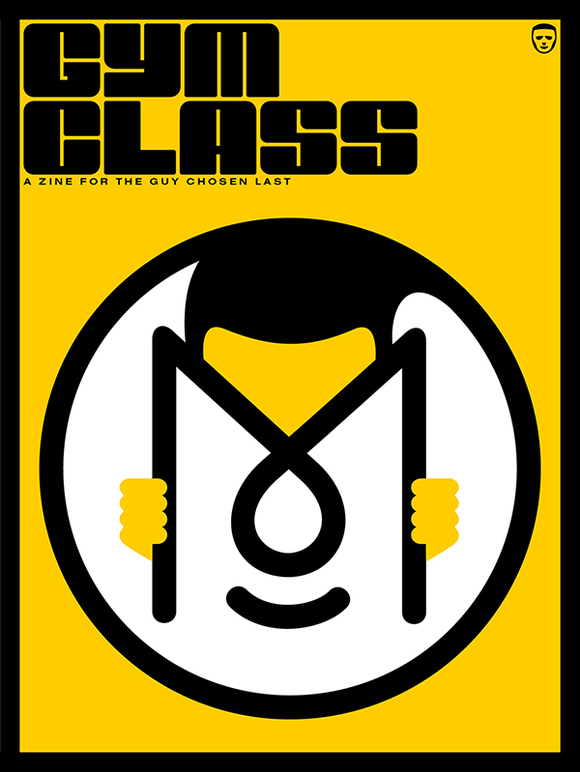
When Cartoonists Illustrate! Part 11: Matt Wuerker
SPD GUEST EDITOR 03.13.15
 By Ward Sutton
By Ward SuttonSuttonImpactStudio.com
When Cartoonists Illustrate! There's often a line drawn between cartoonists and illustrators. All this week, I'm profiling talented people known for their cartooning and showing their work in an illustration context.
Matt Wuerker is the award-winning Politico staff cartoonist and illustrator, part of the original crew of Politico--built from scratch starting eight years ago.
WARD SUTTON: How do you like illustrating compared to cartooning?
MATT WUERKER: I like both. Political cartoons are a solitary creative activity and can't be beat. But it's also good to get out of your own head and mix things up. I like the collaborative aspects of illustration: bouncing around rough ideas and brainstorming with others is a lot of fun and opens up your creative thinking in a healthy way.
… MORE
















































































